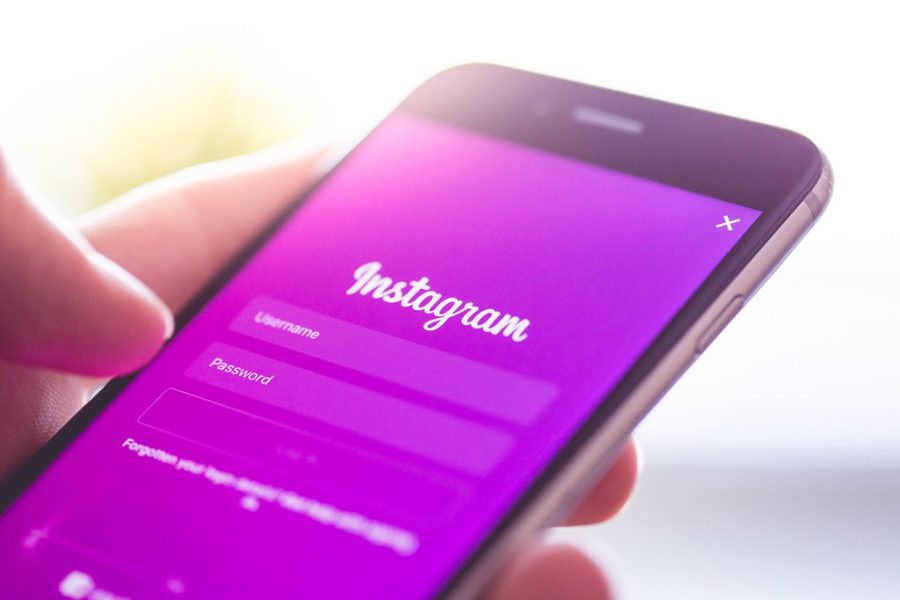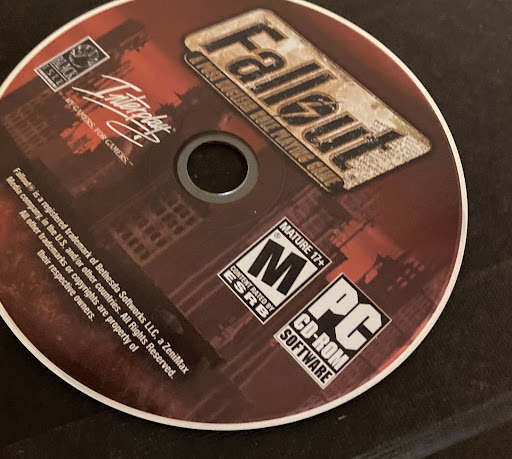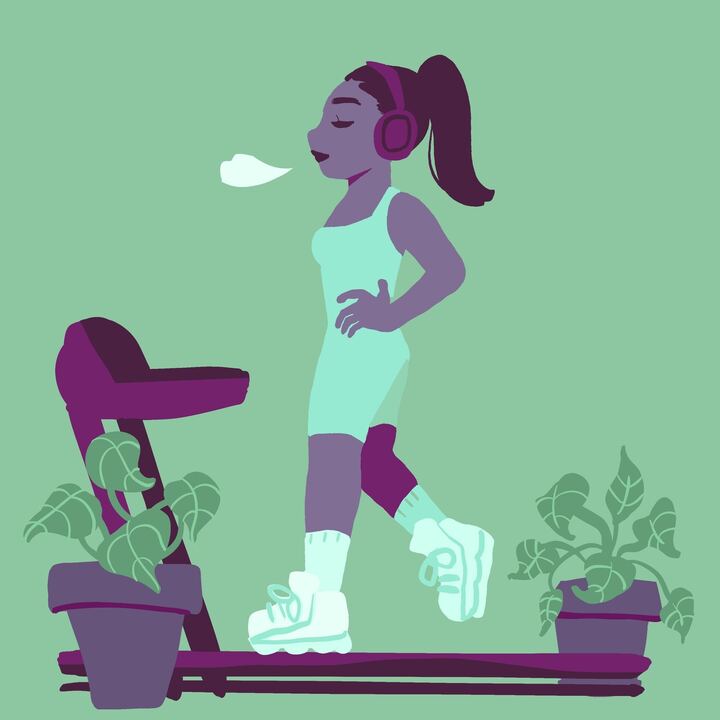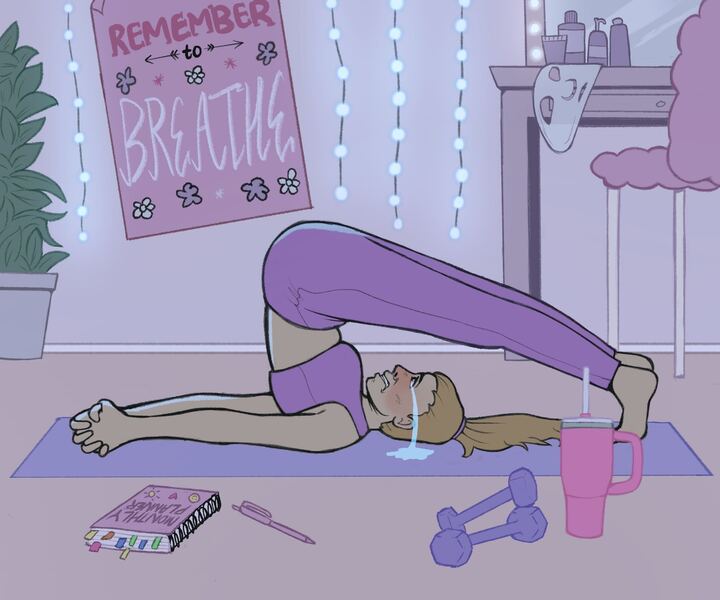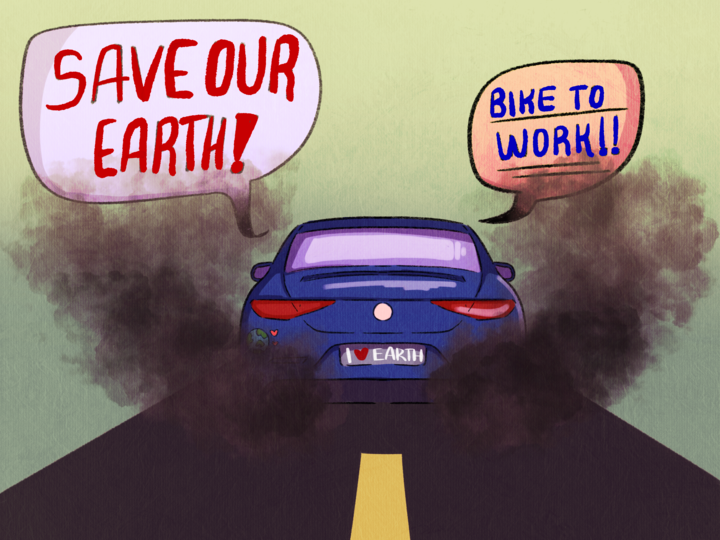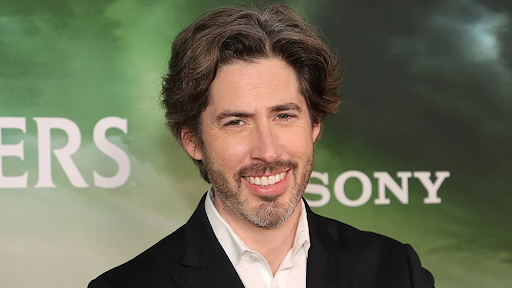Picture this: you’re sitting at your desk, procrastinating finishing that project, or maybe you just woke up but you’re not ready to get out of bed yet. Maybe you’re even sitting outside of your doctor’s office waiting for the nurse to call you in. What’s your go-to? Ten bucks says it’s your phone and I’ll go even further and bet that the first app you find yourself pulling up is the good ol’ classic, Instagram.
Statista compiled data from Instagram and reported that the app has 500 million daily active users as of 2020, and around 112 million monthly active users in the U.S. That’s a lot of people who are scrolling through their feed every single day. Most people, myself included, can admit that the app is toxic and unhealthy for a lot of reasons — mainly unrealistic expectations contributed to by Photoshop and face tune (don’t worry, we’ll talk about this one later) — but we still find ourselves watching Insta reel after reel of cats knocking thing off tables. So why can’t we stop?
Let’s review the four biggest reasons why Instagram is simultaneously the best and worst app on your phone.
- It’s designed like a painkiller
There’s a reason why every time you delete Instagram you find yourself feeling lonely and cut off from the world: it’s because social media apps are literally designed to have the same effect as an addictive painkiller in your brain. Business Insider ran an interview with an app-developer, Peter Mezyk, who (along with ex-employees of companies like Facebook, Google and Apple) said that social media apps are designed to feed off negative emotions like loneliness and isolation. When this negative emotion triggers us, we want to stimulate the good feelings the app gives us, so we keep coming back again and again. With developers consciously designing their layouts to force us to become addicted to scrolling, we never even stood a chance.
RELATED: COMIC: Birdseed’s Fifth Episode
2. Unrealistic expectations: We all know the drill
Now it’s time to revisit that clumsy foreshadowing from earlier. We all know what’s going on here: Instagram “baddies” and influencers ranging from that girl you knew in high school with a couple thousand followers to the Kardashians that have created a standard that is so high, no real person could ever meet them. We rely on face tune and Photoshop to smooth our skin, brighten our teeth and make ourselves look a way that we never, ever would in real life. This sets unrealistically high expectations that reflect in real life. A woman will simply never be able to collect ‘em all: a tiny waist, big butt, thin thighs, deep cleavage, smooth skin, white teeth, tame hair and no stretch marks or cellulite or loose skin. We just don’t look like that, and you can’t expect yourself or anyone else to.
This is also an important moment to mention the other end of these standards and talk about the body positivity side of Instagram. There are a lot of influencers out there (like Megan Jayne Crabbe of @bodyposipanda, Nyome Nicholas-Williams of @curvynyome, and Mik Zazon at @mikzazon, just to name a few) who put effort into showing what real bodies look like and comparing the posed and edited perfection we always see to what bodies look like when you’re sitting down or standing without “sucking” it all in. They put an emphasis on embracing your natural body and what it does for you instead of focusing on the Instagram golden standard. Finding and following these accounts to have their positivity show up in your feed is sometimes what makes all the difference in your morning feed-scrolling.
3. Your feed is tailored to you.
Here’s where things start looking up. The personalized feed that Instagram provides for you is actually really cool. Buffer published a piece outlining how 2021’s Instagram algorithm looks through your activity and curates your timeline in a way that will most interest you. It looks at things like how often you open the app, whose posts you like and whose you don’t, and which accounts you seem to have a relationship with so you’re less likely to miss your best friend’s engagement photo shoot post, while the birthday photo dump posted by your middle school crush you haven’t talked to in eight years will be more likely to be buried in your feed instead. This also means that Instagram can find posts that are curated to you and your interests, and you’re able to find all those niche Twilight memes in your explore tab much more easily.
4. I saved the best for last: Micro influencers.
Let’s talk about micro influencers. Micro influencers are specifically influencers on Instagram with between 1,000 and 10,000 followers. Another article from Buffer hypothesizes that these smaller influencers are some of the most influential in the best business in terms of building brands and getting more engagement and clicks in their brand deals. These are the girls with comments in their posts from Princess Polly or other brands saying things like, “hey girly, we love your look! DM us to collab <3!” Some of us might even be one; half the girls I follow have over a thousand followers and sometimes even I, with my 981 followers, get a couple here and there, though they’re usually bogus and a rip-off, wanting this post and that story and this shout out and that livestream all for a grand total of $5 in your PayPal and a free t-shirt.
RELATED: The Center for Creative Photography introduces digital viewing during the pandemic
Micro influencers themselves are the best and worst thing to happen to Instagram. It further perpetuates those unreachable beauty standards and commodifies Instagram in a way that it just doesn’t need to be — let’s not even talk about the dreaded shopping tab. It’s great, however, that girls are able to market their account into something that they can make money from and it allows smaller brands to build a name for themselves by partnering with these micro influencers.
The bottom line here is that social media really sucks if you take a magnifying glass to it and point out all the bad, but there are some corners of real positivity and opportunity online. Small businesses, start-ups and even models are able to get their start by going big on Instagram, and it can be a place to learn, grow and see the world in a way you can’t otherwise. However, it’s also a place where negativity has an easy chance to fester and it can be detrimental to your mental health to spend a lot of time online — but we get it. It’s hard to quit any addiction, and if you can’t stop yourself from coming back to Instagram again and again like a toxic ex, you’re not alone.
Follow Mandy Betz on Twitter
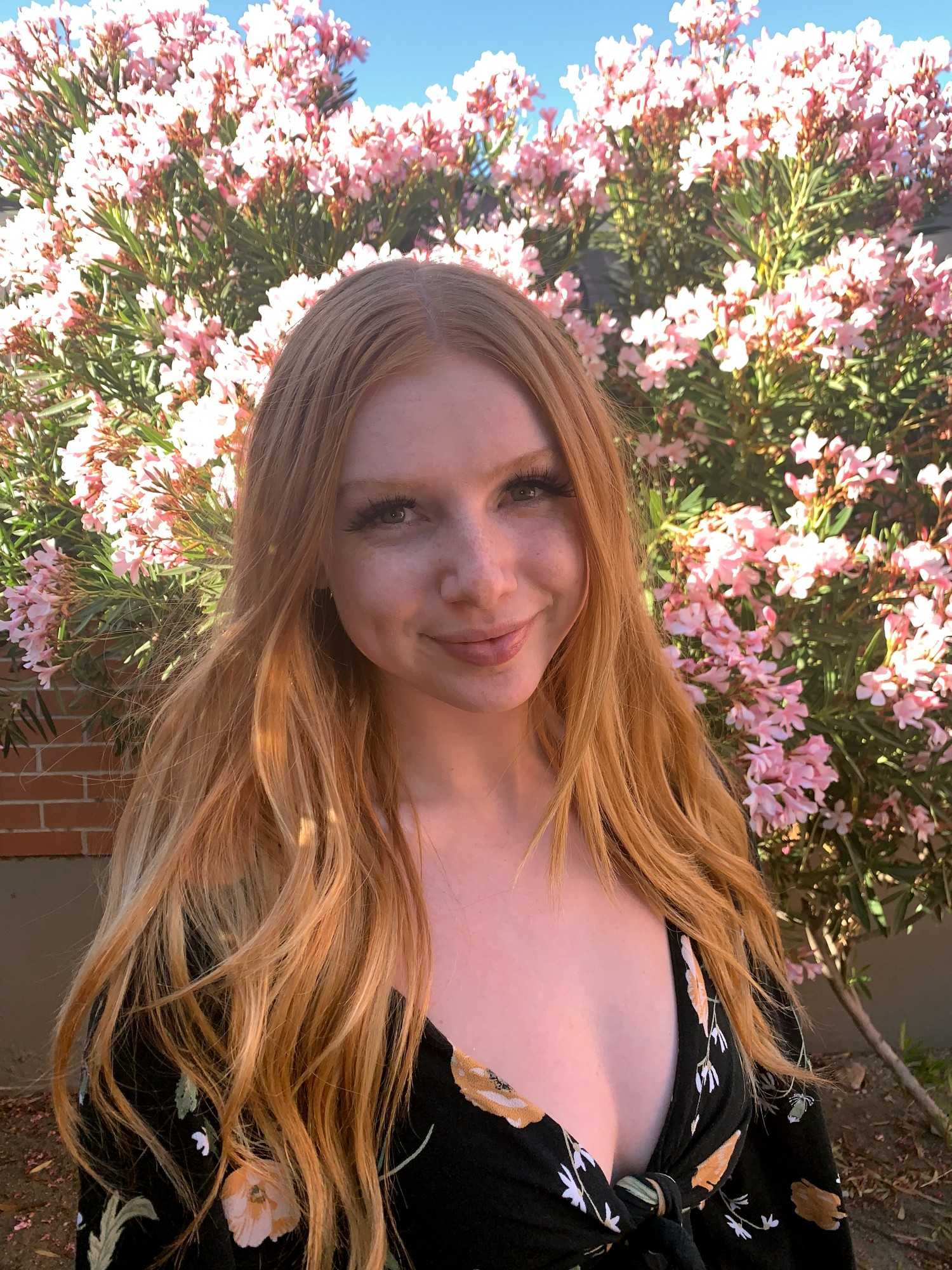
Mandy (she/her) is a junior studying journalism and public relations. She spends her free time shopping, writing and hanging with friends.



